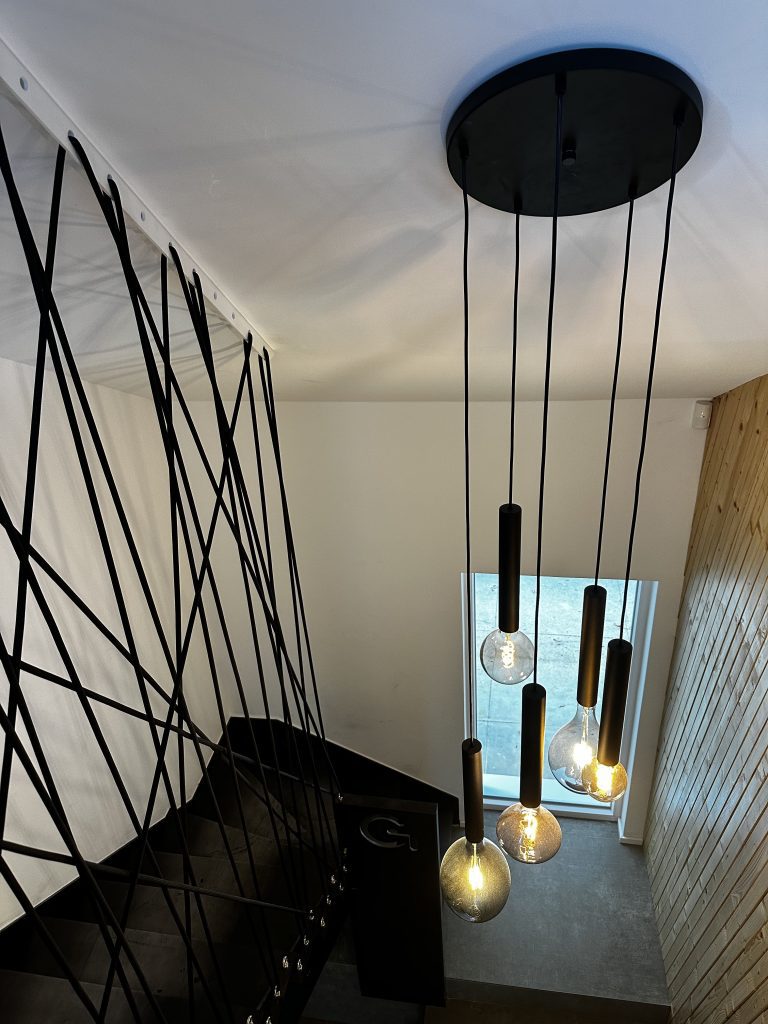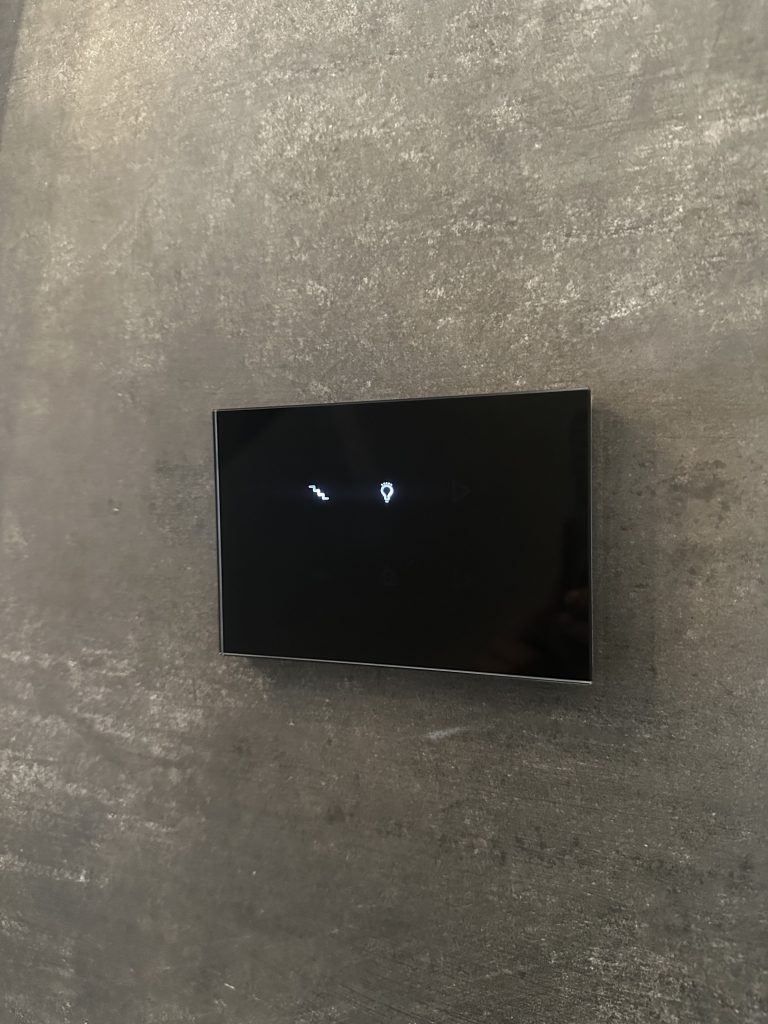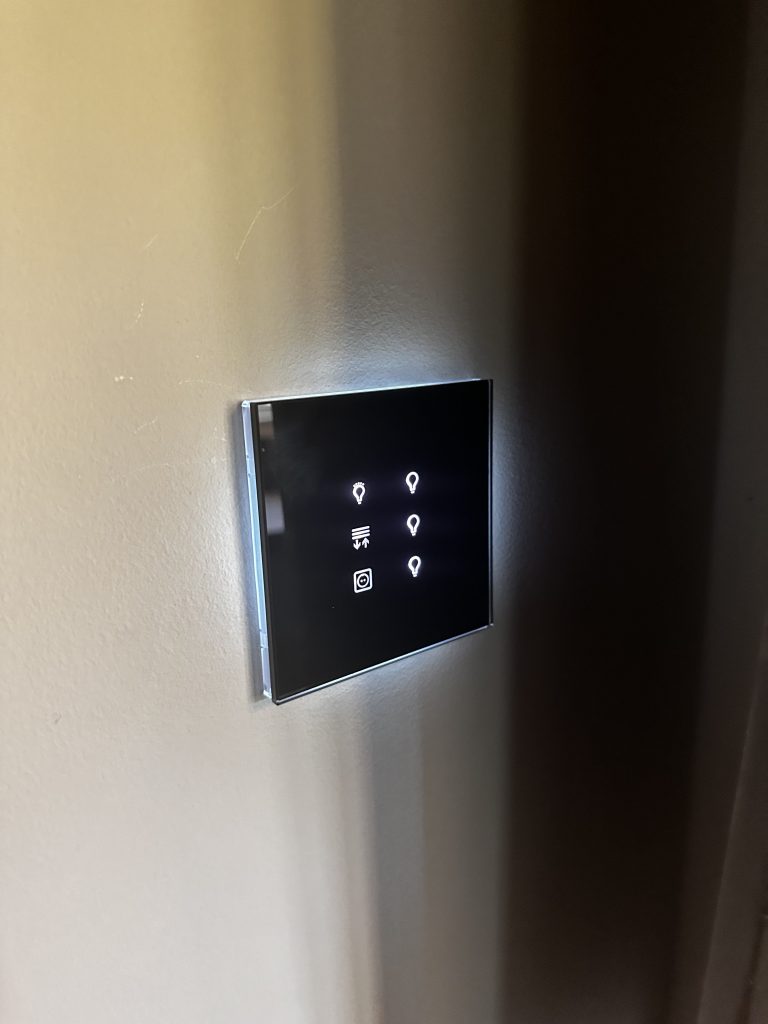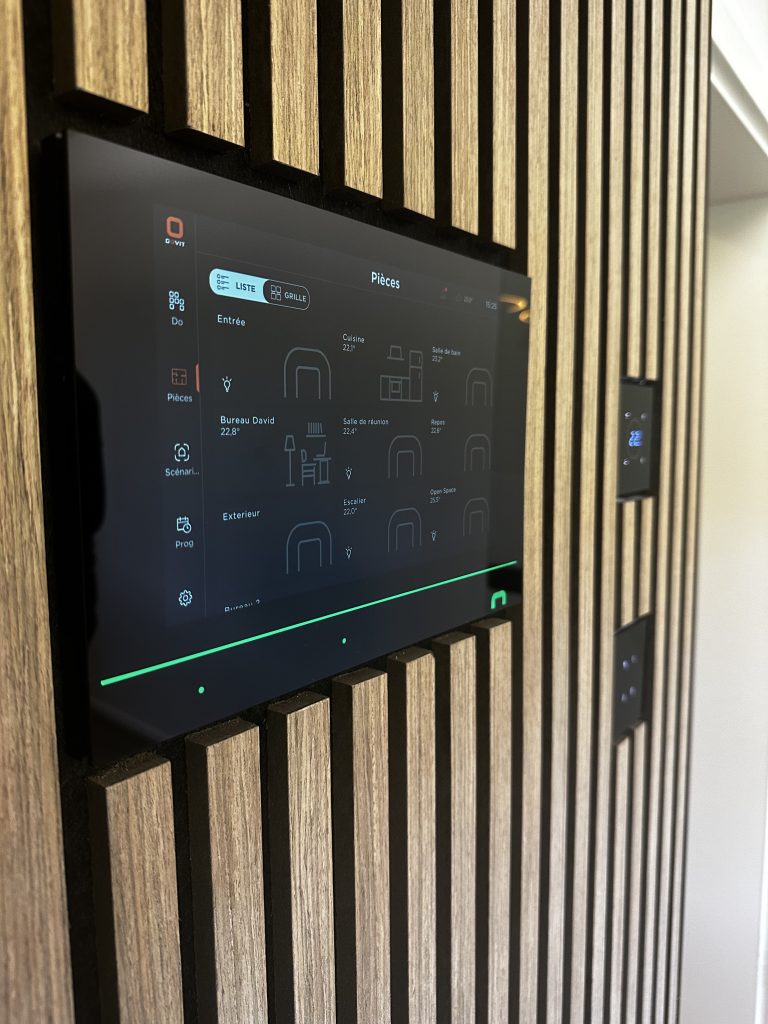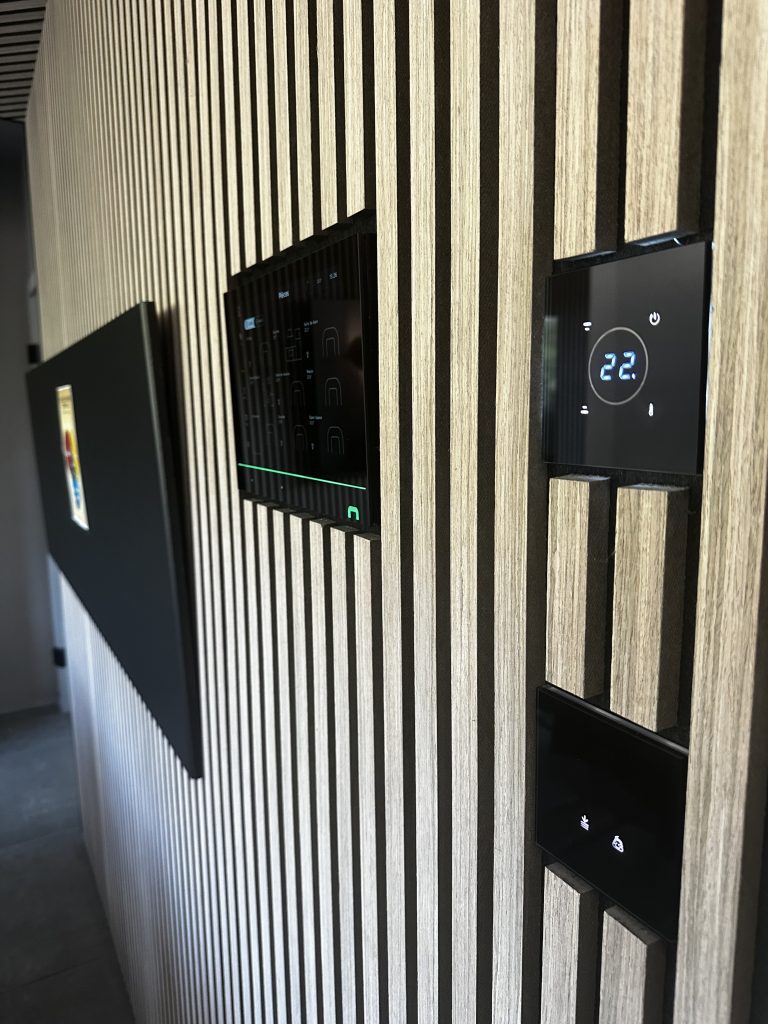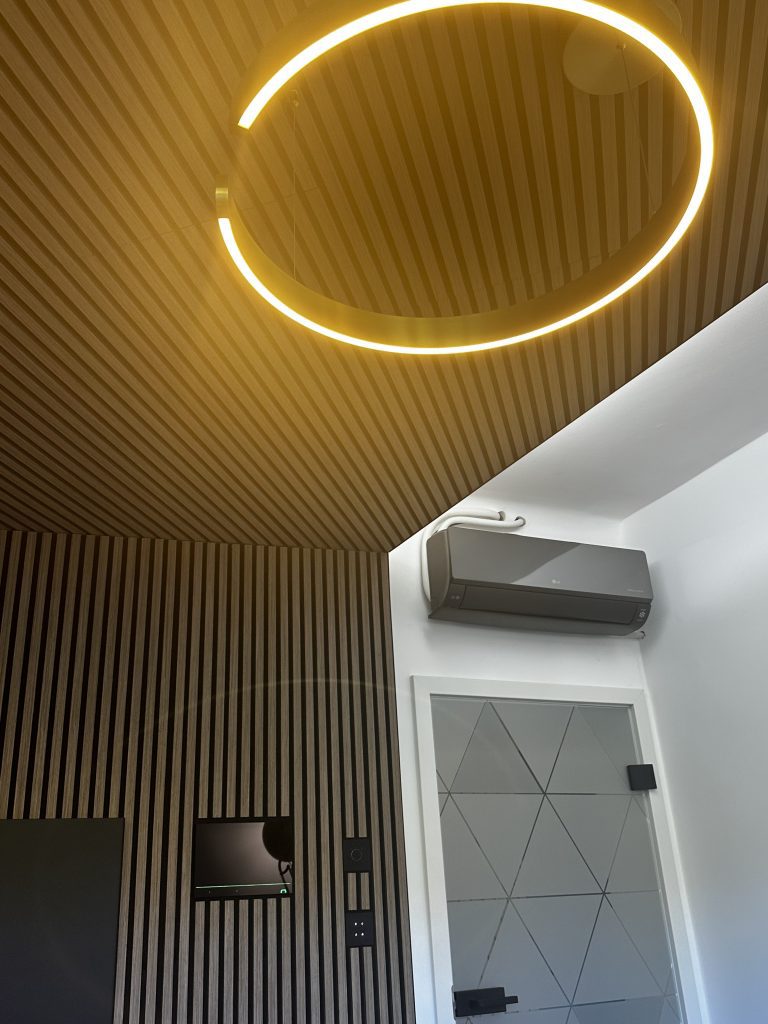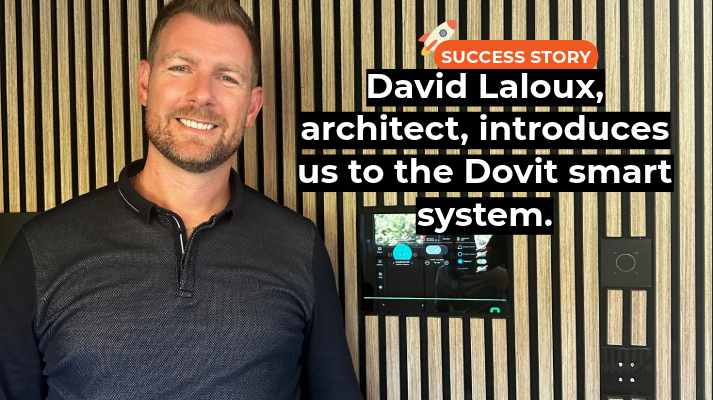Hello David! In a few words, can you introduce your activity and the L Group? 🤔
I started my career in Belgium, then moved to Luxembourg where I joined the L Group. I quickly became a partner in the company.
After a few years, I acquired all the shares of the company. Our team was small, just three people. Over the years, I established partnerships with former colleagues and classmates, whether in Belgium, France, Italy, Spain, and even Canada. Many people have settled abroad. We have stayed in touch, which allows us to provide a “group” service to our clients, whether they are in Luxembourg or abroad.
Ultimately, the investors we serve are not only in Luxembourg; they also operate abroad. We try to make things easier by acting as a link between different countries if necessary. However, our main activity is focused on Luxembourg. I am much less involved in Belgium today. At the beginning of my career, I was very active there, but now, I delegate everything to the office there.
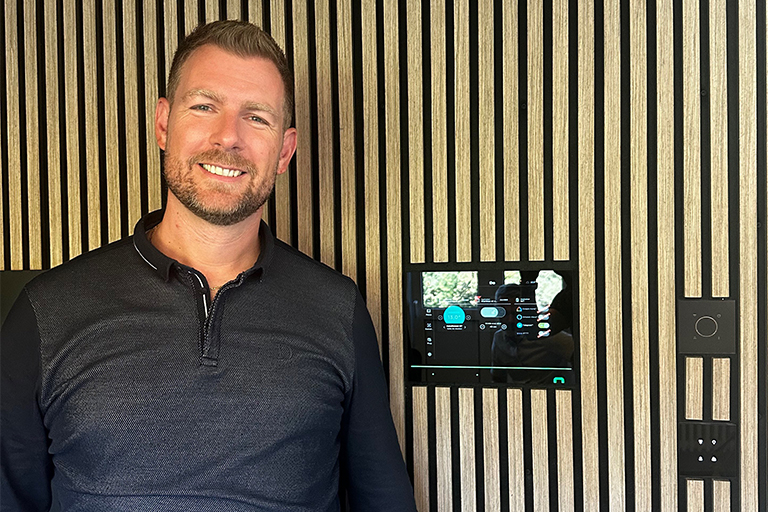
At what point, and more importantly, why did you decide to incorporate home automation into your projects?
It’s hard to pinpoint the exact moment it all began, as we were discussing home automation with Giovanni (Technical Director at DOVIT) even before graduating. I met Giovanni during my Erasmus program in Italy. At that time, we were already talking about home automation. He would talk about the vision while I discussed integration, architecture, and so on. In fact, home automation has always been an integral part of my career.
When does your first home automation project date back to?
My very first personal project dates back to 2010, in Luxembourg, at my own home. It was a project that I had designed from start to finish. I’ve always had this habit of experimenting on my own. When I present an idea to a client, I want to ensure that I have tested the solution beforehand.
Now, can you share with us some of the benefits you’ve observed using the Dovit home automation solution?
Integration, of course!
I’ve always been loyal to Dovit, and to be honest, I’ve been continuously satisfied. The main advantage for me is this principle of integration. It doesn’t require us to buy exclusively your hardware. Thus, we can connect virtually any equipment.
It’s a matter of open-mindedness. For my clients, the fear comes from thinking, ‘I’ll be forced to buy switches from them. I won’t be able to connect my KNX equipment to it, etc.‘ It’s a great strength for me that we can install a push-button of any brand. It’s magical!
From an architectural standpoint, it’s very interesting. As much as your DO.Tatto (your switches) are remarkable, there are places where we would want to have a push-button that stands out, somewhat like in an old car. It’s doable. We manage to connect them with Dovit. With other solutions, it’s much more complicated.
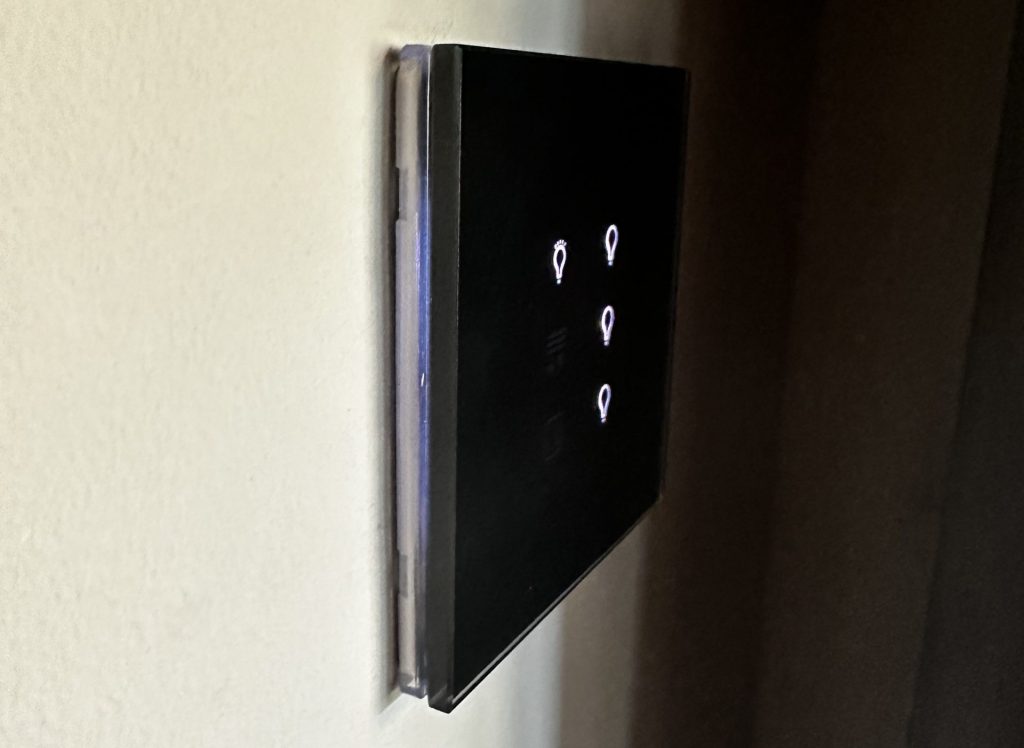
As an architect, how do you assess the aesthetic impact of our products in your designs?
Technology has made significant strides in the field of home automation, but people’s adaptation to these changes remains an ongoing process. Individuals have long been accustomed to conventional switches, thus requiring some time to adapt to these innovations.
However, from a design standpoint, Dovit offers exciting horizons. In spaces such as entrances, corridors, and especially with the customization of icons, the allure is undeniable. Sometimes, it’s desirable to integrate products (such as switches and screens) subtly and almost imperceptibly, while in other situations, the goal is to make them stand out. With Dovit products, both options are possible and open up a multitude of creative possibilities.
Can you share an example of a scenario you’ve programmed with Dovit ?
Of course, here’s a scenario I recently set up. ⤵️
I wanted to be alerted when someone rang the doorbell at my office. I was looking for a solution to notify me when I’m at my desk, particularly during times when I need to focus on my work and don’t want to be interrupted by the sound of the doorbell.
I came up with the idea of configuring the roller shutter. It lowers slightly and then immediately rises back up. It’s a really unusual and fully customized automation. I greatly appreciate the idea of giving new functions to basic elements. This example is just one among many.
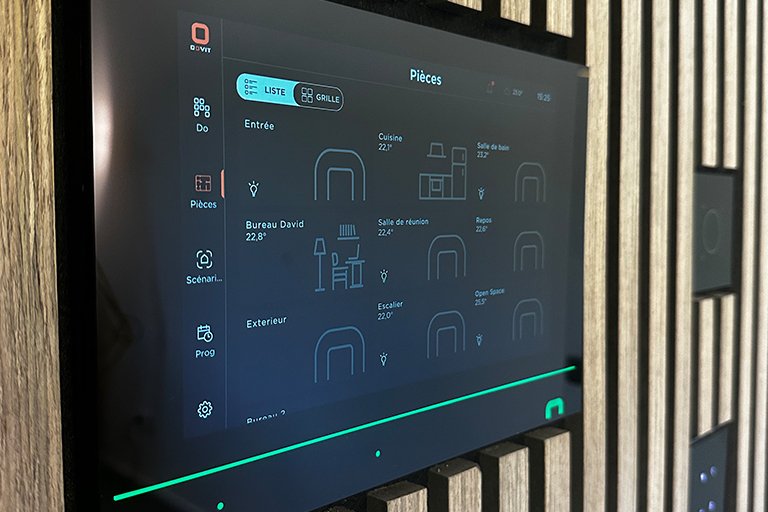
Can you explain the installation of your ceiling-mounted LEDs in the hallway?
We noticed that some of our visitors sometimes have difficulty navigating, particularly in an office building. To address this, we innovated by replacing traditional signage, such as pictograms and other display panels, with a more intuitive and easy-to-follow light guidance system. This new approach aims to simplify navigation in our premises and provide a more pleasant experience for our guests.
Given the linguistic diversity of our clients, we have implemented an innovative visual guide. For this, LEDs of various colors have been installed on the ceiling. These lights activate to indicate different directions, providing an intuitive visual reference for our visitors. For example, when a client wants to go to the restroom during a meeting, they can simply press the corresponding icon. This will trigger an LED light path, which will gradually illuminate to guide the client to their destination. 😉
This device offers a guidance system, similar to that of subway maps, for clarity and convenience.
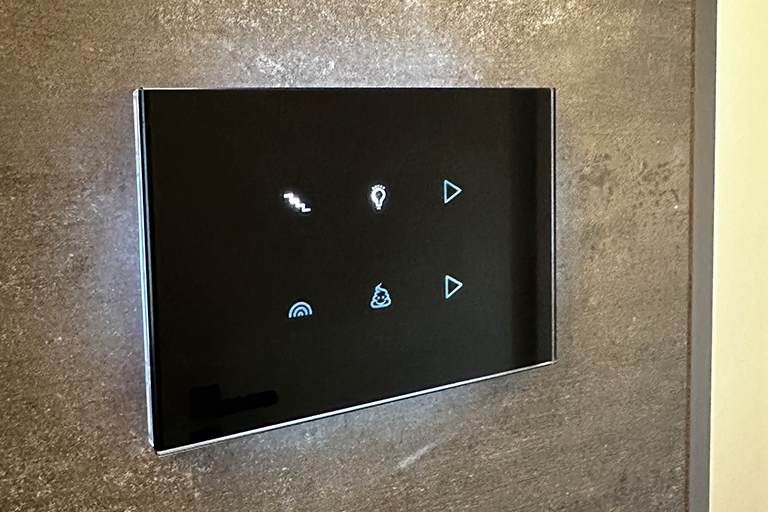
Does our solution integrate as well into personal projects as it does into tertiary projects?
Well, the solution does indeed integrate everywhere. Why? Because, in my opinion, it’s not a miraculous solution or a total revolution. But it’s something we need in the current era.
Most people have been using it unknowingly for decades in cars and struggle to imagine it in a domestic setting.
The Dovit solution offers significant value in both tertiary and residential environments. In the tertiary sector, office configurations, equipment layouts, and spatial arrangements can change frequently. Similarly, individual homes are increasingly subject to evolution. The flexibility and modularity offered by Dovit currently represent a considerable advantage.
The ease provided by Dovit for flexibility, space organization, and reconfiguration of lighting and controls is undeniable. Moreover, it requires no further intervention. In my opinion, this is a major advantage in the field of professional design.
If you had to name your favorite product at Dovit? ❤️
My favorite product is the Dovit server! Regardless of the installation, this server is essential for the entire project.

As an architect, David, how do you see home automation technology influencing space design?
I am convinced that technological advancements, particularly home automation, will streamline circulation within homes. Residents will have less need to pause or interact with multiple switches; technology will guide them in a more intuitive manner. This interactivity will facilitate movement through living spaces.
Furthermore, all these developments will not lead to fundamental changes in our architectural approach.
David, the entire Dovit team thanks you!
